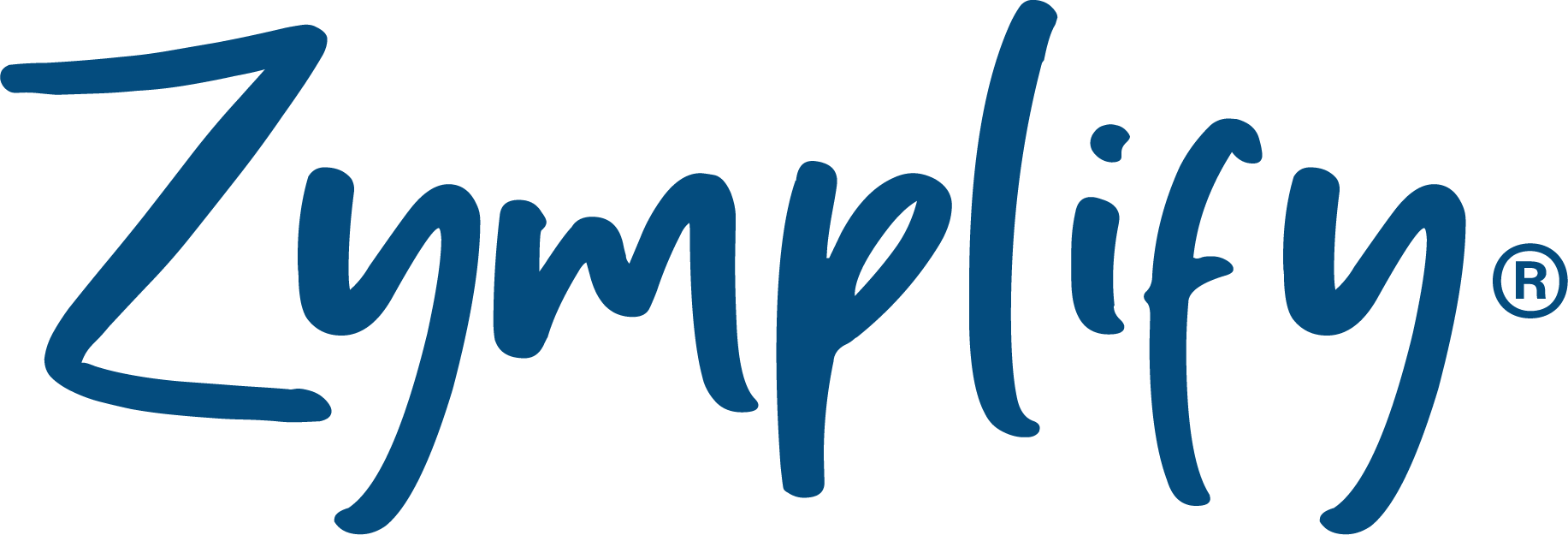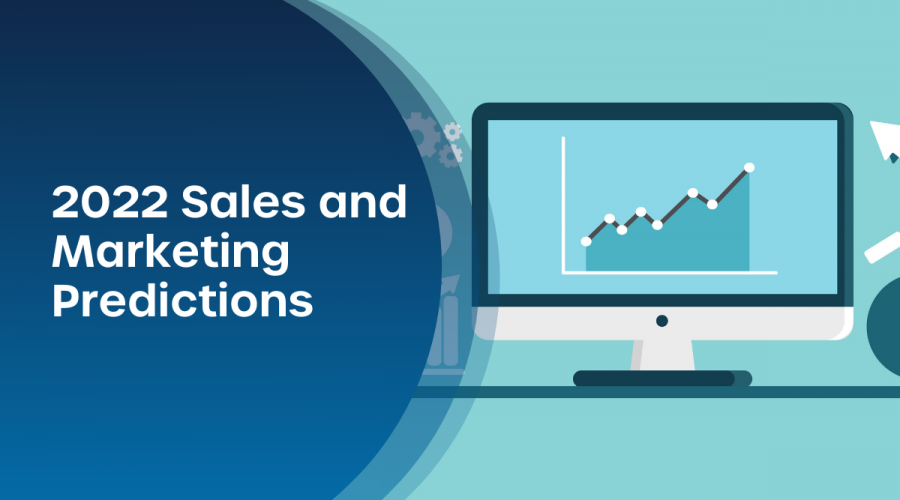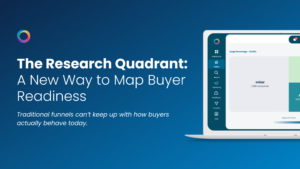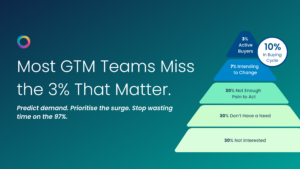At Zymplify, we’re hoping that 2022 brings with it a few less surprises than the previous two years and more exciting opportunities to bring precision marketing and sales techniques to our current and new clients. We’ve given you some insider information on what we think will be the biggest predictions for marketing and sales teams in 2022.
The Power of AI
AI or Artificial Intelligence has dominated the tech talk over the past few years as revolutionary for the marketing and sales sectors, and in 2022 we’ll see it come more to the forefront of our customer experiences.
AI is a defined by IBM “set of technologies and building blocks that include natural language processing, machine learning, and virtual networks.” It enables businesses to achieve goals by harnessing the power of data. We all have huge stores of data within our own businesses. Lists of customer purchasing information, engagement metrics for social and email, sales sequences, customer service queries, the list could go on. The power of AI is how it creates actionable insights, personalised customer experiences, and improved business decision making from these static lists.
AI has been used for all these purposes in the past, with some obvious wins that we all know and benefit from. Amazon is perhaps the most well known for harnessing past purchaser data to create the ever irresistible ‘we think you might also like’ section of their website; now a well used feature in most online retailer sites. In the back end, AI has the capability to predict which sales channel or content is working the best AND will work the best for future prospects, increasing the likelihood of conversion.
Video is STILL King
Hands up who also collectively groaned as yet another social media platform publicly declared a preference for video in their algorithm? We’re looking at YOU Instagram. Yes, as it has been for the past few years, video reigns supreme amongst content that is both preferred by the social platforms and consumers alike. 70% of millennials trust a brand with videos about their product over the brands without video.
Video should be a strong feature in any content strategy and there are numerous types of videos both marketing and sales professionals can create.
1. Interview/Q&A
2. How to/Tutorials
3. Social Media shorts
4. Live Streaming
5. Webinar
6. Presentation
7. Product Review
8. Testimonial
9. Personalized Video
Don’t worry, by personalised video we don’t mean the latest Tiktok craze. Personalised videos as LinkedIn messages have been shown to increase engagement from prospective clients. Webinars have also been known to attract a lead that isn’t quite ready for a one on one demo. Above all, video – and all content – should be helpful or educational with a little dash of sales thrown in. Google’s ‘Hub, Hero, and Hygiene’ model is a good foundation to follow.
Hybrid Events and Networking
As we adapt to a new normal in all aspects of our lives, so too must we adapt our networking and outbound marketing strategies. Online event experiences are a great way for brands to engage with their target audience and improve their brand awareness. In some ways they can be an improvement on an in-person event.
1. More opportunities to interact with event attendees.
2. Multiple hosts in multiple locations leads to a richer event experience.
3. Reliable pipeline attribution model that links engagement with revenue.
Online events are set to stay for 2022. The challenge for your sales and marketing teams is ensuring that they are engaging with participants pre, during and post events. Take the guesswork out of it and start conversations with any event attendee using prospecting tools that track social signals. Engage directly with prospects that are interested in your product and begin that sales process. No need for the old way of networking. Except we maybe miss the coffee and treats just a little bit.
Dark Social
No it’s not the new Marvel villain. Dark social “refers to content which is shared through a private channel that can’t be tracked by web analytics software, such as email, SMS or one of the numerous messenger apps.” Although the term has been kicking around since 2012, as more and more content is shared through dark social channels, brands are starting to see its potential.
So how do we track dark social and attribute it to sales? Full disclaimer: there is no 100% full proof way to track dark social. In that way it’s very similar to word of mouth. One way is by creating a segment in Google Analytics that looks at Direct Traffic from your site. Exclude pages that can be easily typed in by someone on a laptop or smartphone: For example:
“www.zymplify.com”
People are unlikely to type in:
“www.zymplify.com/sales-and-marketing-predictions-2022”
Another way to track content is to use UTM tracking codes. Use a UTM builder – like our own Zym link – to monitor the source, medium, and campaign associated with a link. Again, not full proof, but does take some of Google’s guesswork out for them.
2022 is shaping up to be an exciting year for marketing and sales teams. Book a demo with our Zymplify experts to find out how you can put these predictions into practice with our platfrom.




